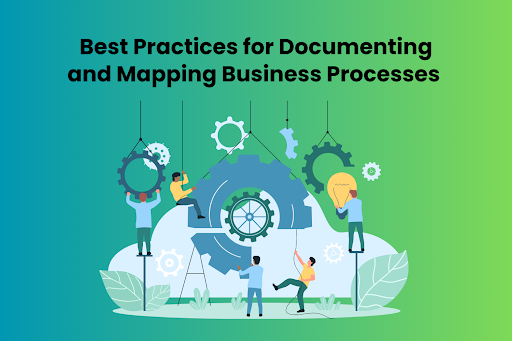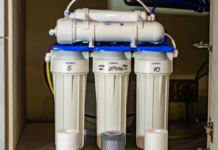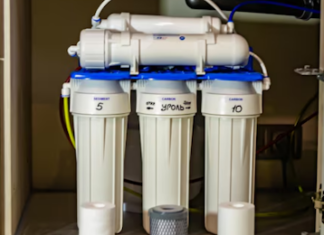The importance of business process analysis is emphasizing efficiency and effectiveness. Whether you are an experienced professional looking to strengthen your skill set through Business Analysis Certification, understanding the characteristics of documenting and mapping business processes is indispensable.
This blog will discuss the best practices for facilitating your approach to Business Process Analysis, enhancing your capabilities, and driving your organization toward success.
Table of Contents
- Business Process Analysis
- Documenting Business Processes
- Mapping Business Processes
- Integration of Technology
- Conclusion
Business Process Analysis
Understanding business process analysis and its various components is essential for business analysis professionals. Business process analysis involves examining and analyzing an organization’s multiple workflows, procedures, and operations to identify areas for improvement. The analysis can increase the efficiency of the overall process. This systematic approach is based on business requirements and enables businesses to optimize their processes, reduce costs, enhance efficiency, and deliver excellent customer value.
Documenting Business Processes
One of the foundational steps in business process analysis is documenting existing processes. This involves capturing detailed information about tasks, who is responsible for each step, and what inputs and outputs are concerned. Here are some best practices to consider:
- Standardize Documentation Formats: Consistency is critical when documenting business processes. Establish standardized templates and formats to ensure clarity and ease of understanding across the organization.
- Use of Visual Aids: Visual aids like flowcharts, swimlane diagrams, and process maps enhance workflow representation, simplify analysis, and help identify challenges, risks, and inefficiencies.
- Include Relevant Details: Document every information after the analysis by pointing out each process thoroughly, including all relevant details such as inputs, outputs, decision points, and dependencies. This comprehensive approach ensures that everything is noticed during the analysis phase.
Mapping Business Processes
Once the processes are documented, systematically mapping them out is the next step. Mapping involves organizing and visualizing the interconnectedness of various methods, enabling stakeholders to gain insights into the overall workflow. Here are some best practices for effective process mapping:
Identify Key Process Owners
Assign responsibility for each process to a designated owner who can provide insights and guidance throughout the mapping process. This ensures accountability and promotes collaboration across departments.
Define Process Boundaries
Clearly define the scope and boundaries of each process to avoid ambiguity and overlap. Understanding where one process ends and another begins is essential for accurate mapping and analysis, as a better understanding of the process can lead to efficient outputs.
Concentrate on Value-Added Activities
While mapping processes, prioritize activities that add value to the end product or service, as the priority is to deliver high-quality products. Identifying and removing non-value-added tasks can significantly improve efficiency and productivity, reducing the overall time allotted for each phase.
Integration of Technology
Efficient use of technology can significantly enhance the effectiveness of business process analysis. From specialized software tools to automation solutions, technology offers a multitude of benefits for documenting and mapping business processes:
Continuous Improvement
Promote a culture of innovation and adaptability within your organization. Stakeholders can suggest and implement changes to optimize processes if there are different stages. Ensure the processes occur in the workflow and prioritize the organization’s requirements. By assuming a continuous improvement mindset, businesses can stay flexible despite developing organizational challenges and opportunities.
Process Modelling Tools
Investing in process modeling software is an asset, as these tools have advanced features for creating, analyzing, and optimizing business processes. These tools offer built-in templates, collaboration capabilities, and simulation features to streamline the analysis process and increase the workflow.
Workflow Automation
Implement workflow automation solutions to streamline repetitive tasks and standardize organizational processes, as it can reduce time and error formation. Automation improves efficiency, reduces errors, and enhances consistency in each process individually at each stage.
Data Analytics
Data analytics is widely used to gain better insights and understanding into process performance and identify areas for improvement in the overall process. Analyzing key metrics such as cycle time and resource utilization can find hidden inefficiencies and allow professionals to make informed decisions from available data.
Conclusion
Documenting and monitoring business processes and techniques is critical for anyone wanting to become a business analyst or improve their competencies. Companies can become more efficient, powerful, and competitive by following good practices, using technology, and encouraging continuous improvement. For more information, you can check this page out: The Knowledge Academy









